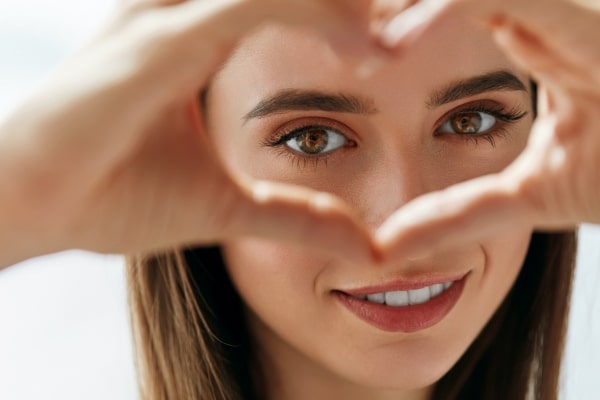Tips for managing dry eye syndrome
Dry eye syndrome, also known as dry eye disease, is a common condition that occurs when the eyes do not produce enough tears or the tears are of poor quality. This can cause symptoms such as dryness, itching, redness, and discomfort. Here are a few tips for managing dry eye syndrome:
- Use artificial tears: Artificial tears are over-the-counter eye drops that can help to lubricate the eyes and alleviate dryness and discomfort. They are available in a variety of formulations and can be used as needed throughout the day.
- Blink frequently: Blinking helps to spread tears over the surface of the eye and can help to reduce dryness. If you spend a lot of time using screens or reading, try to take frequent breaks and blink frequently to keep the eyes lubricated.
- Use a humidifier: Dry air can exacerbate dry eye symptoms. Using a humidifier can help to add moisture to the air and reduce dryness in the eyes.
- Avoid using hot air: Avoid using hot air sources, such as hair dryers or heaters, in close proximity to the eyes. These sources can dry out the eyes and worsen dry eye symptoms.
- Avoid eye makeup: Eye makeup, especially waterproof and long-lasting products, can irritate the eyes and worsen dry eye symptoms. If you have dry eye syndrome, it may be a good idea to avoid using eye makeup or to use products that are formulated for sensitive eyes.
- Protect your eyes from the wind and sun: Wind and sun can dry out the eyes and worsen dry eye symptoms. Wearing sunglasses and a hat can help to protect the eyes from these environmental factors.
By following these tips and speaking with a healthcare professional, you can manage dry eye syndrome and reduce its impact on your daily life.
Tips for managing dry eye syndrome Read More »




